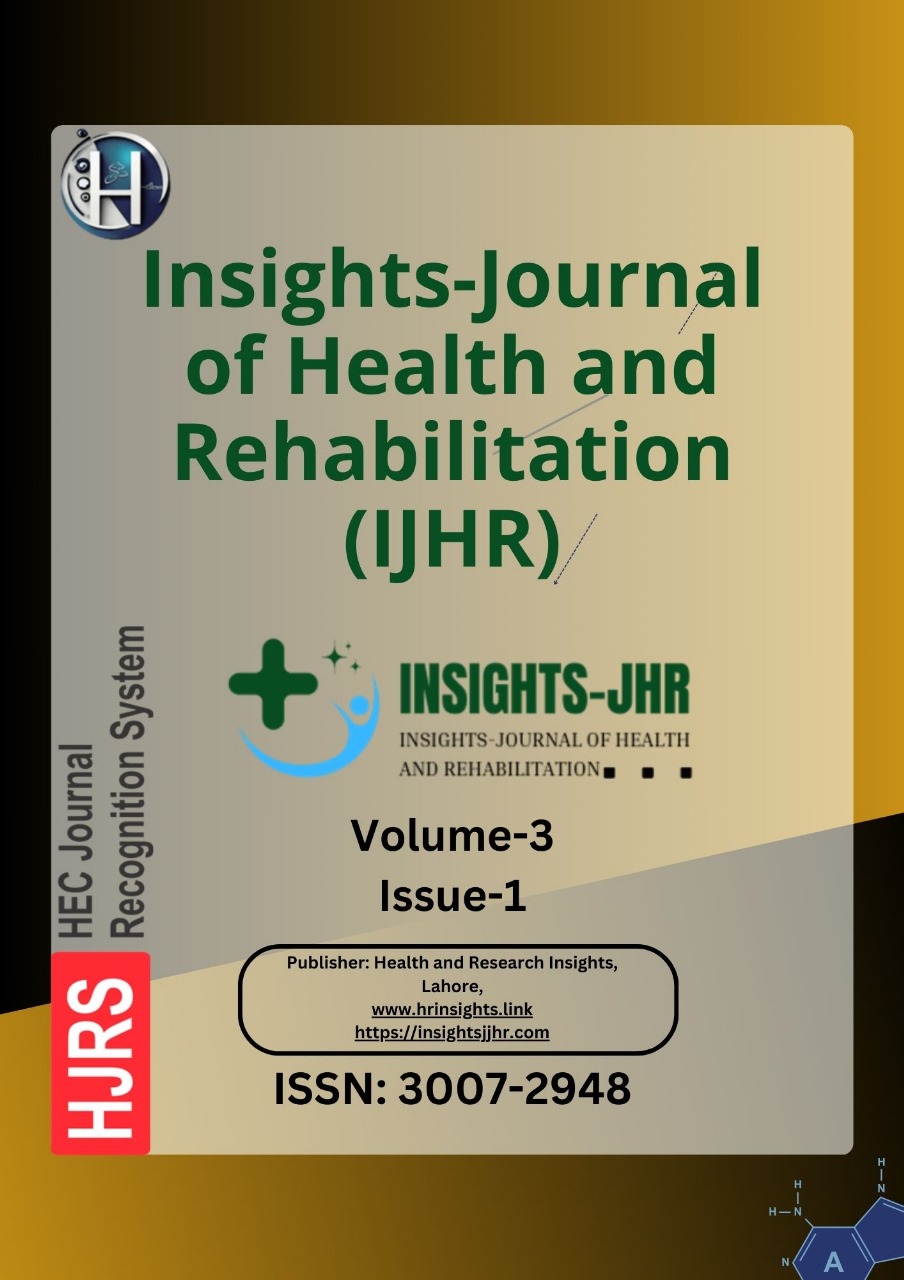COMPARISON OF HYPERBARIC BUPIVACAINE AND FENTANYL MIXTURE AND HYPERBARIC BUPIVACAINE ALONE ON BLOOD PRESSURE AND HEART RATE AMONG PATIENTS UNDERGOING UNILATERAL SPINAL BLOCK FOR LOWER LIMB SURGERIES
DOI:
https://doi.org/10.71000/ta5z4g31Keywords:
Bupivacaine, Bradycardia, Fentanyl, Hemodynamic Stability, Hypotension, Spinal Anesthesia, Unilateral BlockAbstract
Background: Unilateral spinal anesthesia is widely used in lower limb surgeries due to its ability to provide effective anesthesia while minimizing hemodynamic instability. The combination of hyperbaric bupivacaine with fentanyl is hypothesized to enhance hemodynamic stability by reducing the incidence of hypotension and bradycardia compared to hyperbaric bupivacaine alone. However, limited data exist regarding its efficacy in the local population, necessitating further investigation to optimize spinal anesthesia protocols for improved perioperative safety.
Objective: To compare the effects of hyperbaric bupivacaine combined with fentanyl versus hyperbaric bupivacaine alone on blood pressure and heart rate in patients undergoing unilateral spinal block for lower limb surgeries.
Methods: A randomized controlled trial was conducted over six months at Northwest General Hospital, Peshawar. A total of 60 patients scheduled for unilateral lower limb surgery were enrolled and randomly assigned into two equal groups. Group A received 7.25 mg of 0.5% hyperbaric bupivacaine with 25 µg fentanyl, while Group B received 10 mg of 0.5% hyperbaric bupivacaine alone. Blood pressure and heart rate were recorded at baseline, every two minutes for the first 10 minutes post-anesthesia, and then every five minutes throughout the procedure. Hypotension, defined as a systolic blood pressure drop of more than 20% from baseline, was managed with ephedrine or phenylephrine, while bradycardia (heart rate <50 bpm) was treated with intravenous atropine.
Results: Group A demonstrated significantly lower incidence of hypotension (12%) compared to Group B (28%) (p < 0.05). Bradycardia was also less frequent in Group A (4%) than in Group B (10%) (p < 0.05). Nausea and vomiting were observed in 4% of patients in Group A and 10% in Group B. Group A exhibited superior hemodynamic stability and earlier postoperative ambulation.
Conclusion: The combination of hyperbaric bupivacaine and fentanyl in spinal anesthesia for unilateral lower limb surgeries significantly reduces the incidence of hypotension and bradycardia, contributing to improved hemodynamic stability and better postoperative recovery.
Downloads
Published
Issue
Section
License
Copyright (c) 2025 Asim abdul sami Shah (Author)

This work is licensed under a Creative Commons Attribution-NonCommercial-NoDerivatives 4.0 International License.







